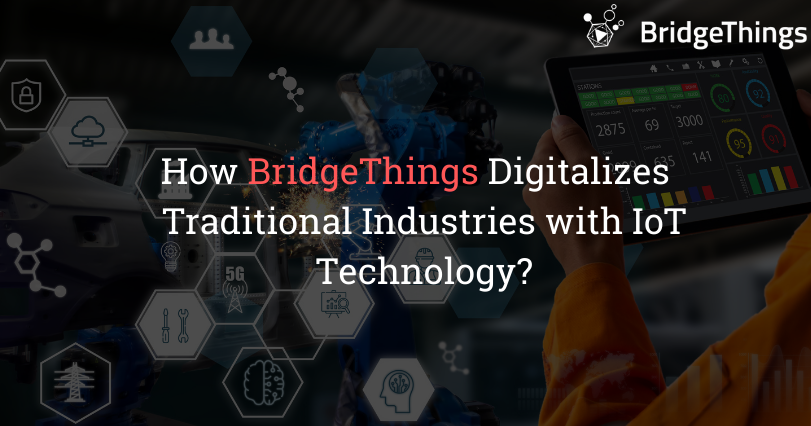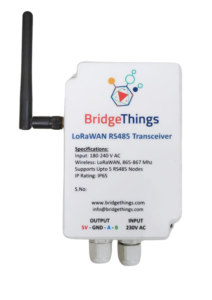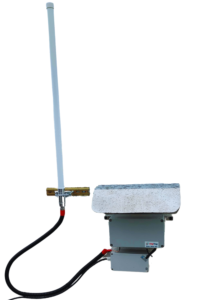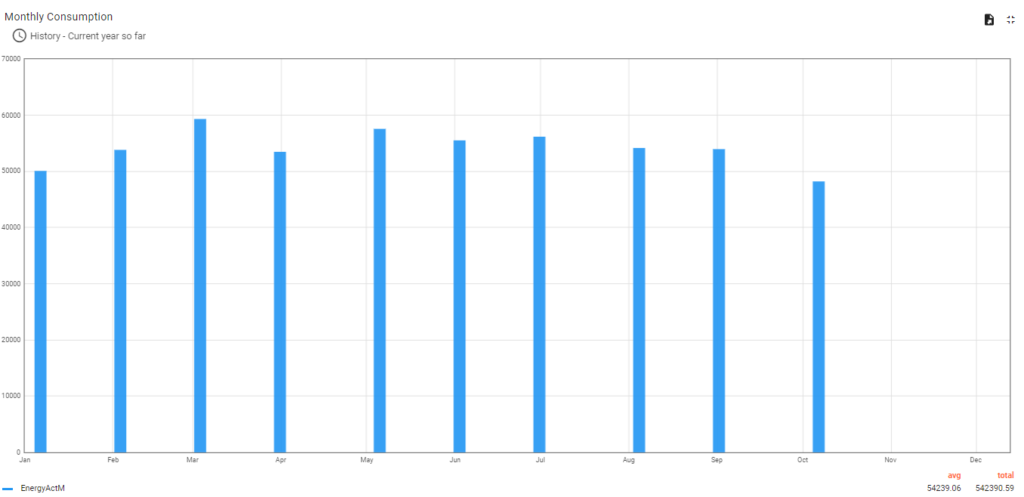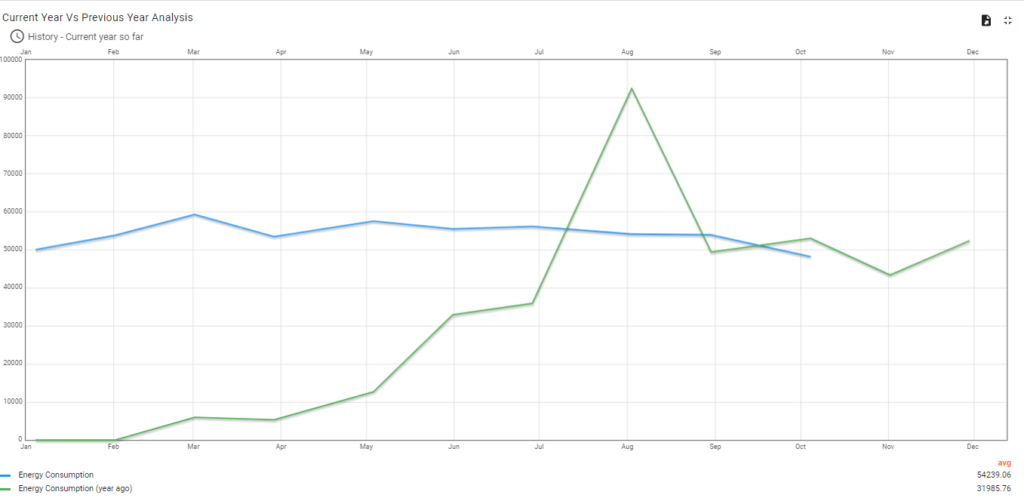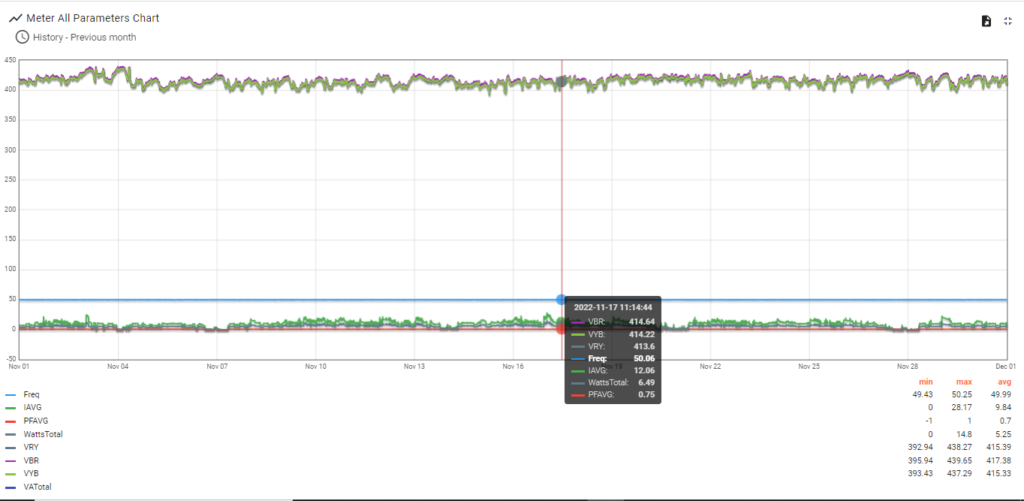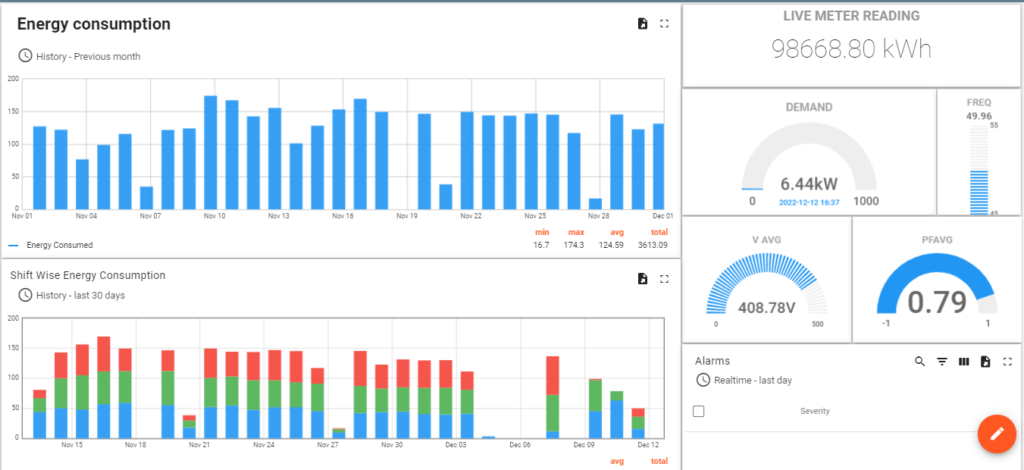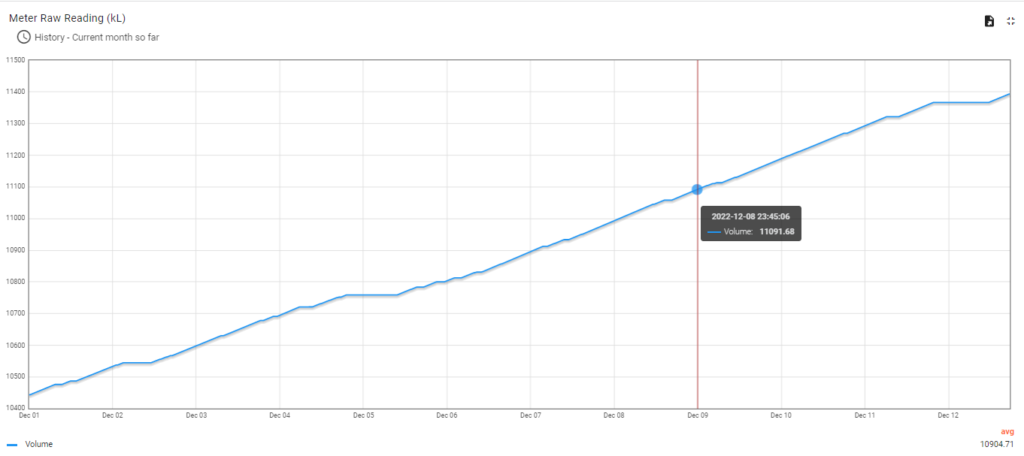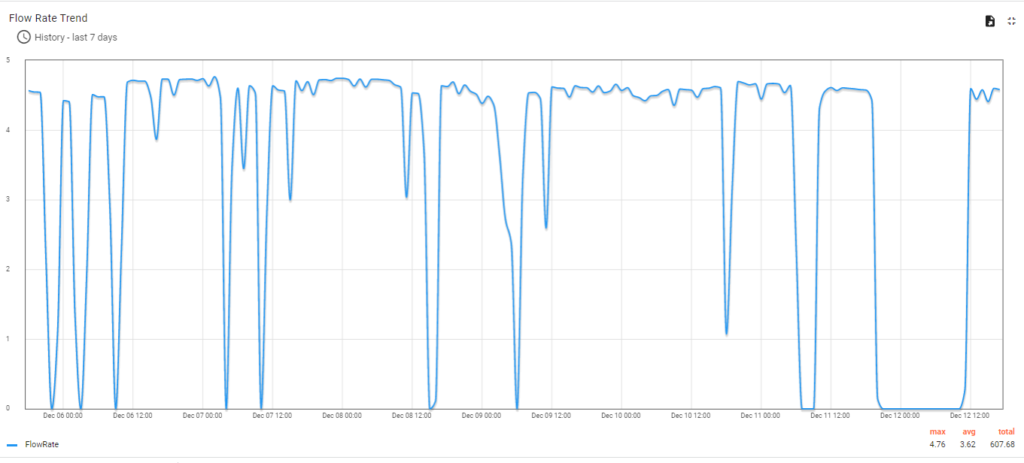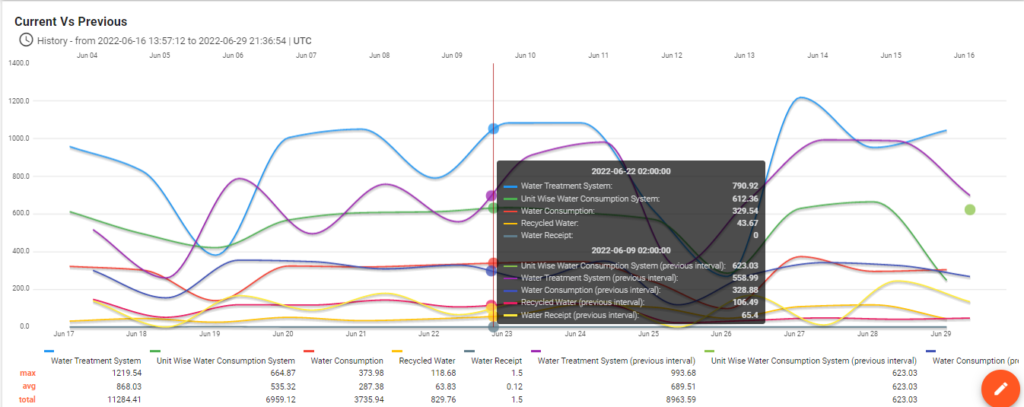How BridgeThings Digitalizes Traditional Industries with IoT Technology?
Industrial IoT
We presently live in an age of continuous improvement and development. With rising interdependence on technical ideas and revving change, communities slowly became internet-driven and more accepting of the tech space.
Most businesses trust current technology to enhance their firm structure as much as possible. By adopting technologies like the IoT, enterprises are unlocking their possibility, significantly eliminating information protection and privacy concerns. In addition, modern technologies such as Machine learning(ML), the Internet of Things (IoT), and Artificial intelligence (AI) are helping enterprises digitize their processing and increase overall productivity in line with current requirements. Even traditional industries marginalized in history can improve their efficiency and invention through digital connectivity. Moreover, in a rapidly changing world with the help of technology, industries will likely encounter unique challenges that need the best efforts to attain outcomes.
BridgeThings incorporates a team of IoT enthusiasts who tirelessly perform towards acquiring the objective of delivering a one-stop solution to manufacturers. BridgeThings majorly builds a standardized IoT solution that installs within the plant premises and changes the traditional working culture into a gadget-operated innovative format. The solution works full-fledged via the connected machine that captures asset data and drives it further to transform it into a user-friendly format to perform a better analysis. It serves multiple industries like oil & gas, water, and hospitality with state-of-the-art concepts.
Let’s comprehend the primary objective of presenting current technologies to enterprises.

Real-time Management.
Modern technologies such as IoT are creating breakthrough refinements in many industries for asset automation. It provides intelligent monitoring of the manufacturing floor using sensors, gateways, and dashboards that deliver accurate results to manufacturers. It provides significant business development in all aspects, especially real-time management the overall industrial performance.
Smart Data Management.
The rapid market growth in a data-driven world is driving the development of specialized and reliable technology services. Technologies such as IoT are expanding manufacturing processes, allowing users to efficiently track and control their assets, assuring that the work isn’t affected. The Internet of Things facilitates intelligent data management with a secure deployment of the entire architecture within the industrial premises.
Production Visibility.
With the advent of the Internet, industries have evolved rapidly, and the transition to data-driven societies has changed the whole idea of the production scenario. Modern technologies are implemented in industries to improve the health status of assets through actionable information and provide adequate production transparency. The IoT solutions at BridgeThings bring visibility within the system and drive profitability by providing managers with a much-needed end-to-end service.
Predictive Maintenance
Of all the existing technologies, IoT technology helps industry people through real-time analysis and predictive maintenance. It includes data collection and evaluation to optimize and maximize maintenance operations in the industry. Sensors feed directly into assets, monitoring asset health, capabilities, real-time performance, and suitability, allowing managers to predict maintenance needs. Using sensor devices and connecting to a gateway turns site data into helpful information for managers to make effective decisions.
Improve the Existing Infrastructure.
The technological revolution offers advances in more essential elements of industries. As managers become more familiar with developed technologies, they simplify tedious and complex tasks into seamless operations. The authorities are using modern methods to improve the existing infrastructure by creating a complete architecture to automate the industry for adequate supply and demand. Therefore, Bridgethings develops various solutions, focusing on industrial infrastructure and improving the functioning of existing assets using sensor-based systems.
Advantages of Current Technologies in Industries

Cost Reduction
The demand for efficient technologies in industries can benefit from higher costs in various segments. Many factors affect the industry’s value, such as labor, machinery, resources, and the supply chain. Can reduce all of these excess costs through the use of advanced technologies and automated procedures for manufacturing operations. Technologies such as IoT help improve the accuracy of speed and simplify the exchange and collection of information. It provides performance on a small budget and restores areas of profitability for managers.
ROI
Every business concentrates majorly on making a substantial ROI via its services. Big data and analytics are a few technologies that consume most of their activities, presenting accurate reports of production results that affect managers’ decision-making efficiency. With industrial access to modern technologies expanding in many business areas, service companies are looking at implementing profitable solutions to generate positive ROI when installing IoT to empower, grow and create state-of-the-art capabilities. Adds value to future customers and highlights applicability to existing customers.
Scalable Solution
The introduction of advanced technologies and concepts drives business with sufficient scalability, comprehensive warranty, flexible installation, and high cost-effectiveness. Modern technologies provide tremendous scalability for companies with greater flexibility in resource consumption and cost savings.
Multiple Alerts capabilities
Modern technology has stand-alone capabilities to launch a connected smart manager gadget with real-time alerts. These alerts are generated via SMS, emails, notifications, etc. Numerous alerting options simplify management tasks by keeping authorities up to date on production conditions. In addition, it enables efficient decision-making based on the situation and allows managers to manage production facilities even remotely, thanks to reliable communication measures.
How BridgeThings Digitalizes Traditional Industries with IoT Technology? Read More »

